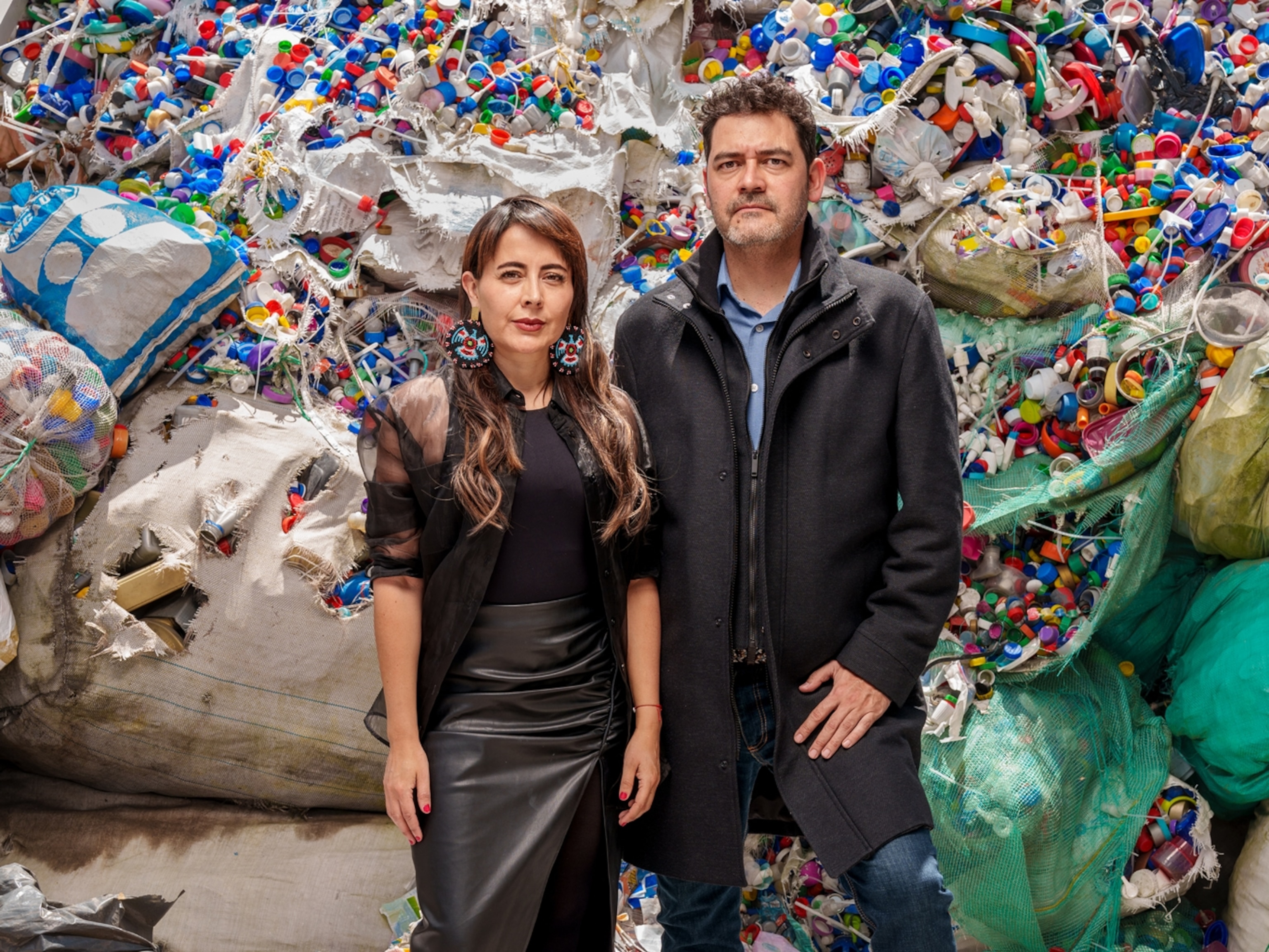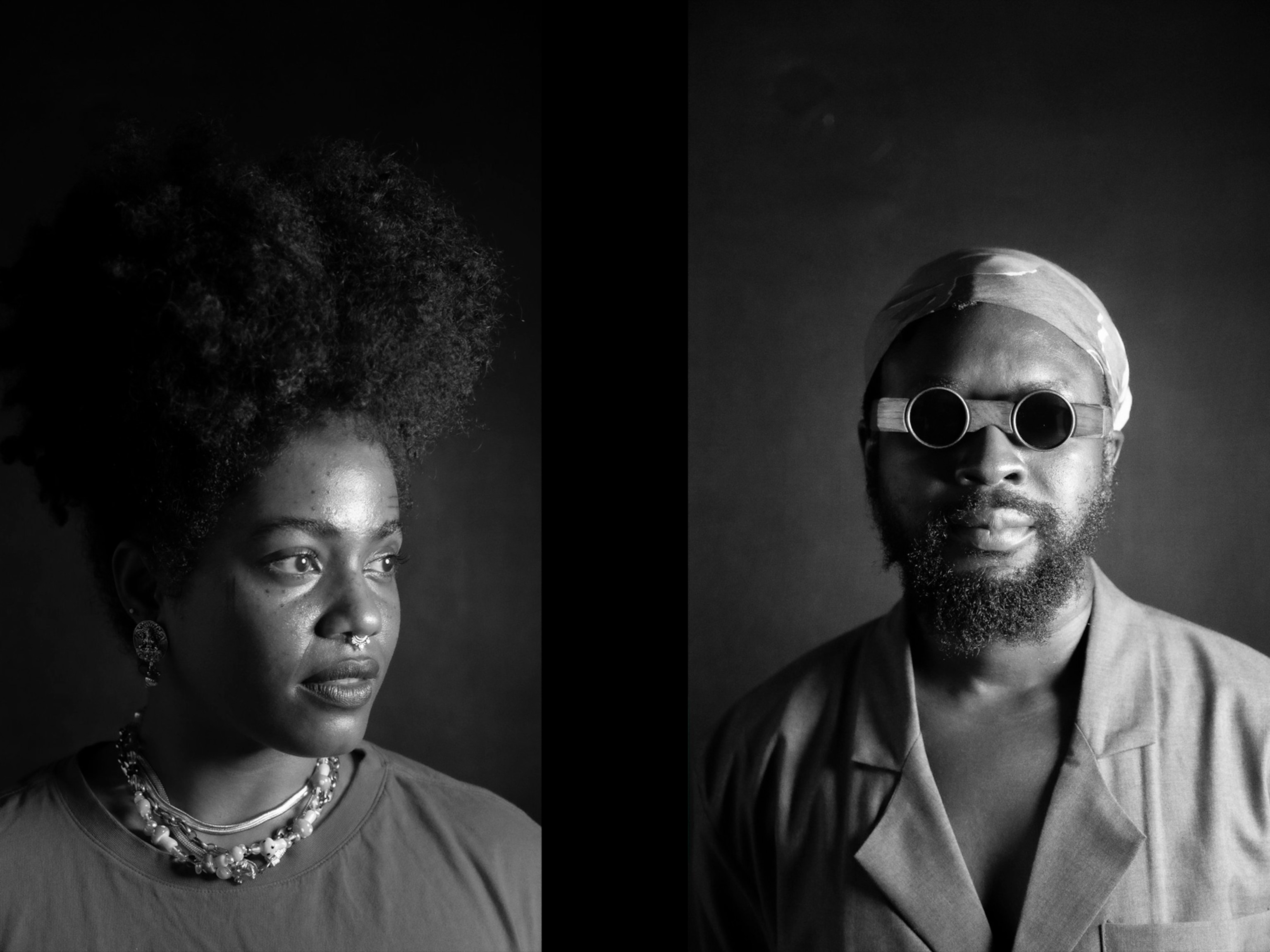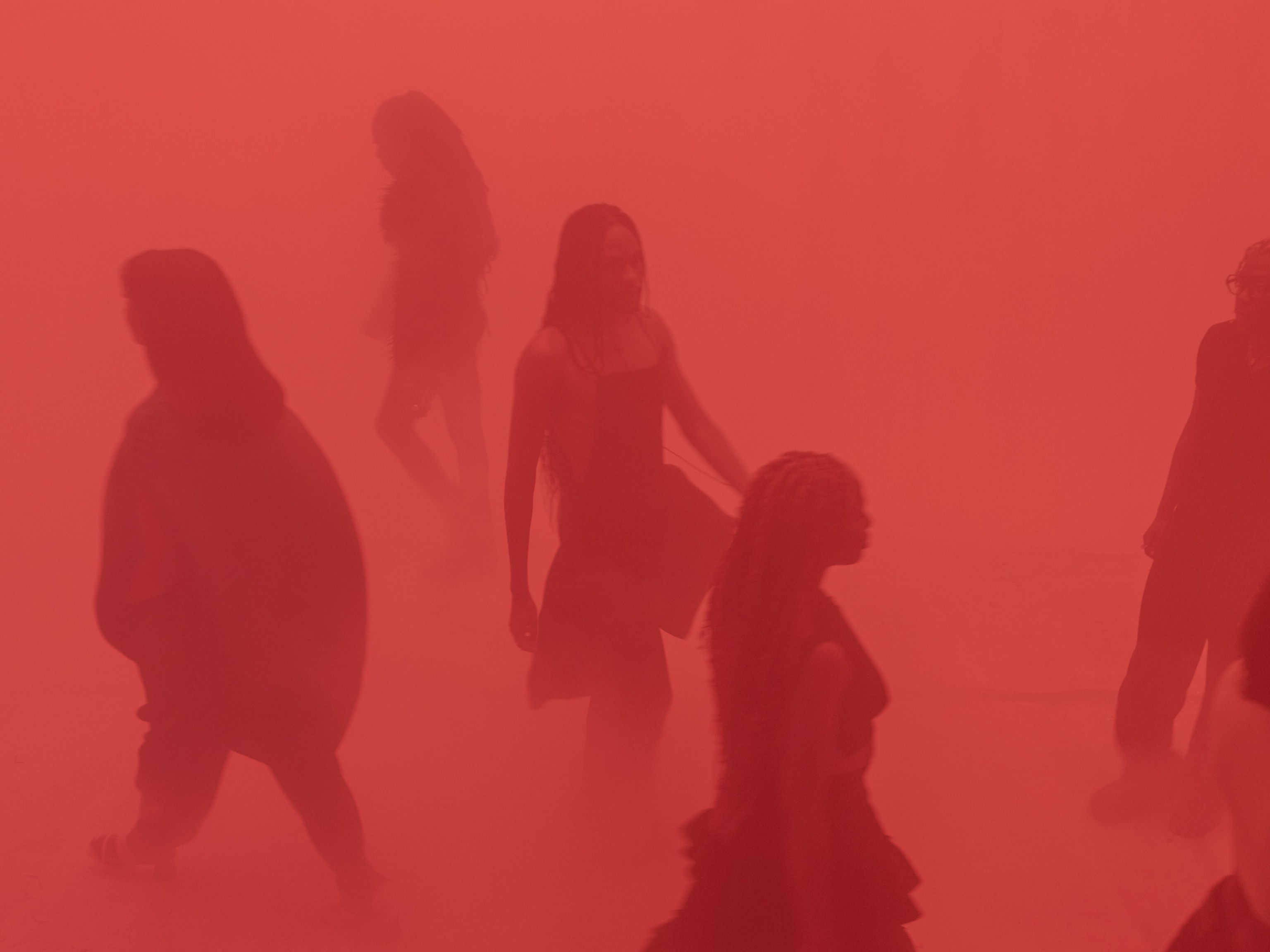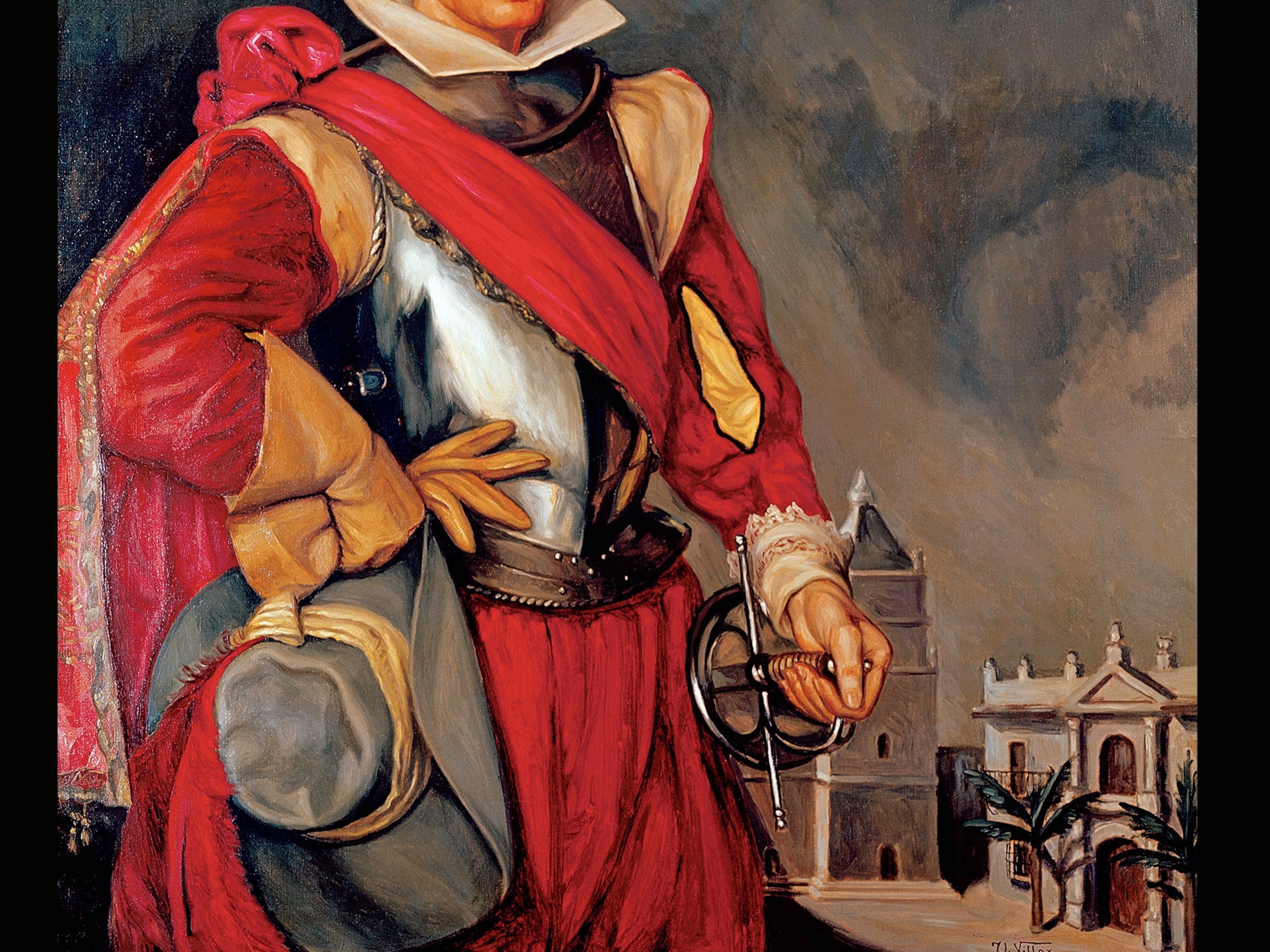
See scenes from classic fairy tales—with a Nigerian twist
Time-honored European stories take on urgent new meanings addressing Nigeria’s history and culture.
I would like to introduce you to the storytelling that I grew up with in Nigeria.
It was from a television show called Tales by Moonlight, where an elder would sit under a tree and tell stories, an on-air version of the age-old oral tradition. In earlier days, the ideal light sources were the full moon and the stars, casting a silver-blue illumination on the faces of eager children and adults alike. There also might have been the sound of crickets not far off and a soft breeze rustling the leaves of the trees.
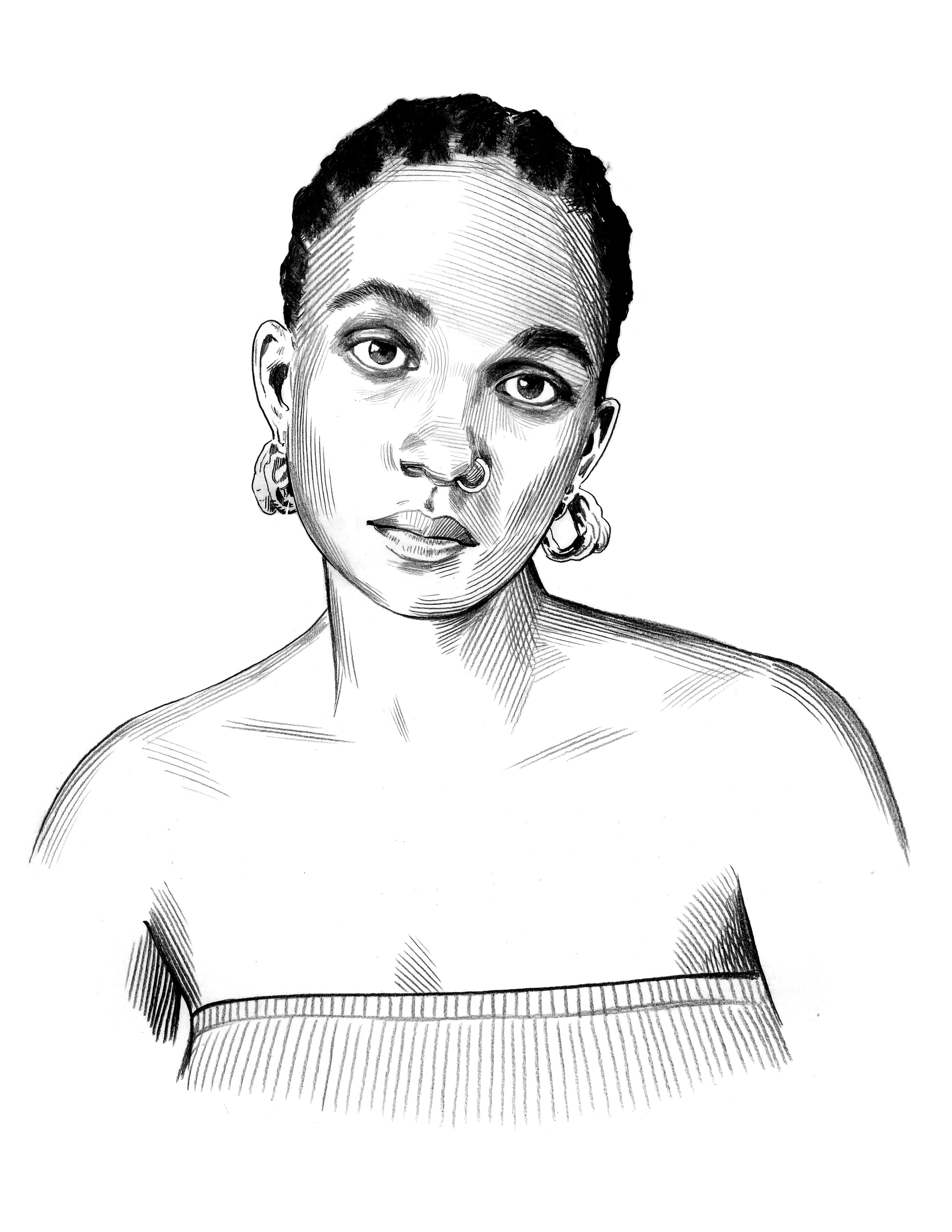
I come from a family of storytellers. In our home during the evenings, my father would recount how as a young boy he almost drowned in a well while fetching water, how he got struck by lightning in medical school, how he fought off the KGB with a baton in the middle of a train station to say goodbye to his girlfriend, how he escaped armed robbers … and oh, how I fully believed them all. Maybe these stories were meant to distract us from real life, along with the piles of books that we buried our heads in, hunched over at the dining table, curled up in chairs and beds, building worlds out of the words.
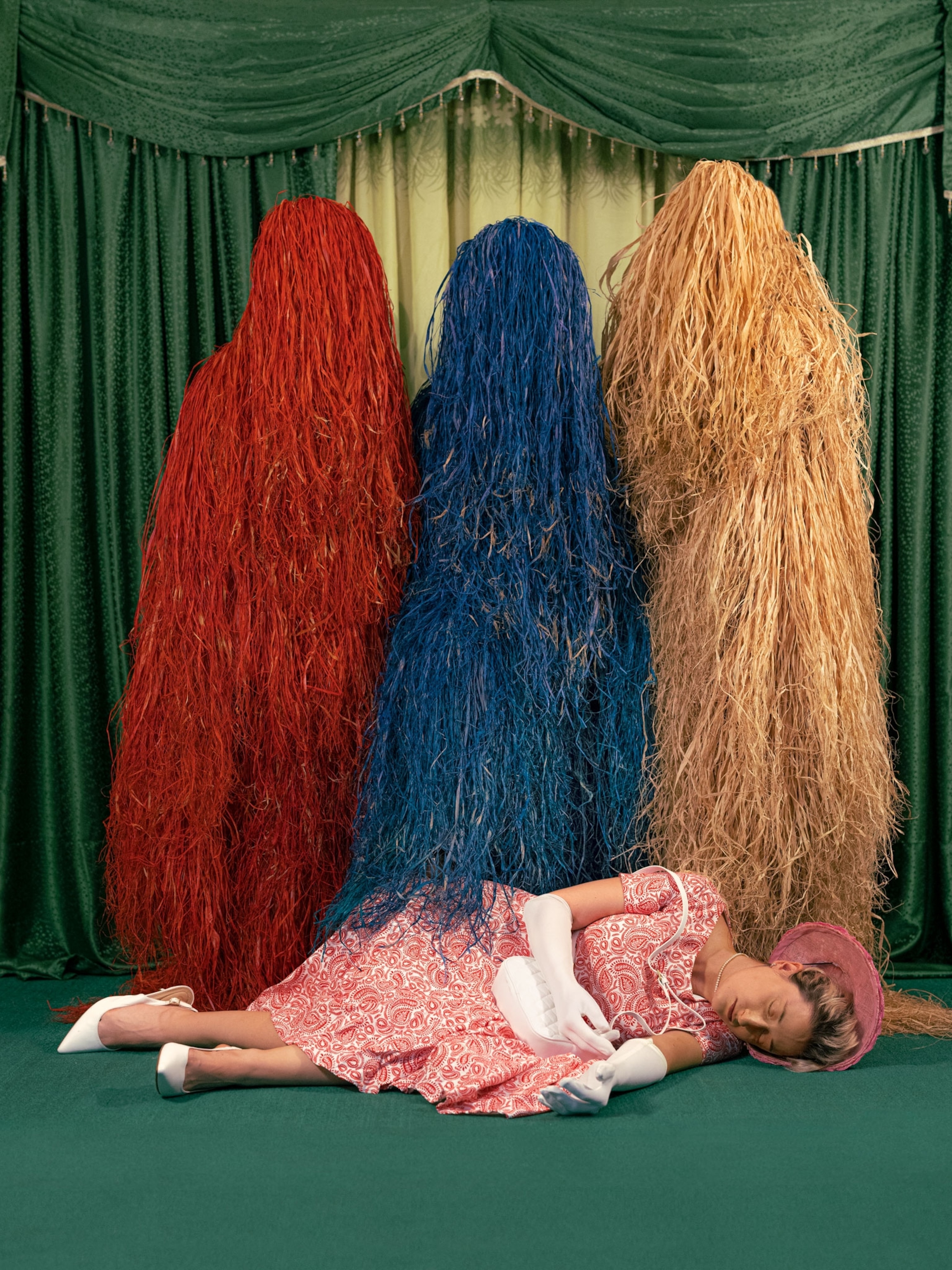
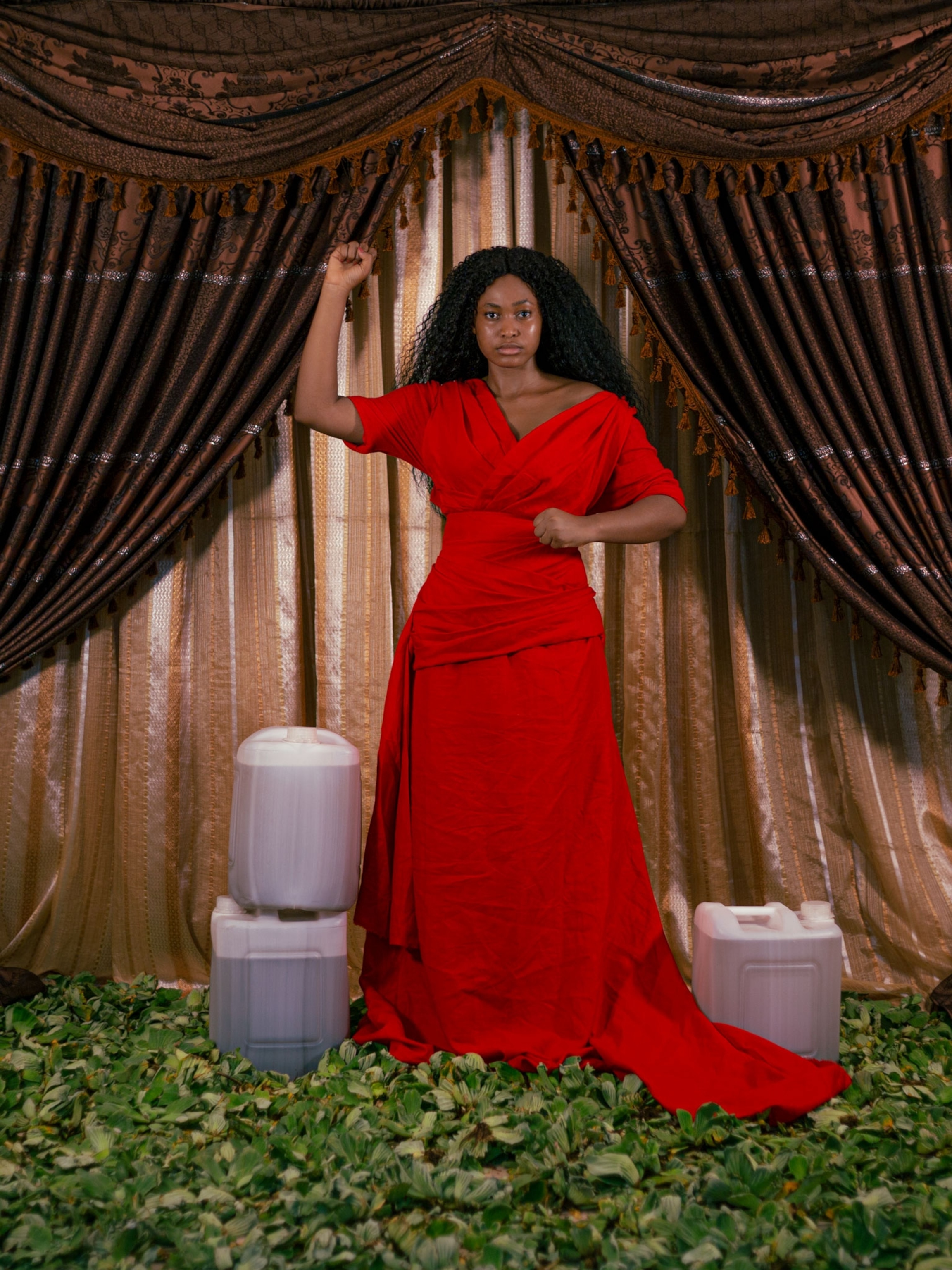
For me, the fairy tales were especially thrilling. I loved these grand and impossible stories. I loved the fantastical images I made in my mind’s eye of magnificent castles, extravagantly embroidered garments, fairies, forests—and, of course, the sword fights, the trickery, and the blood.
I was enthralled by the fictitious gore of these stories, but there was real violence at our gates. Growing up under military dictatorship in the 1990s meant that ethnic and religious clashes were not uncommon. Jungle justice often resulted in beheaded and burnt bodies, the stench permeating the streets as kids walked to school. We’d pinch our noses and open our eyes to take it all in.
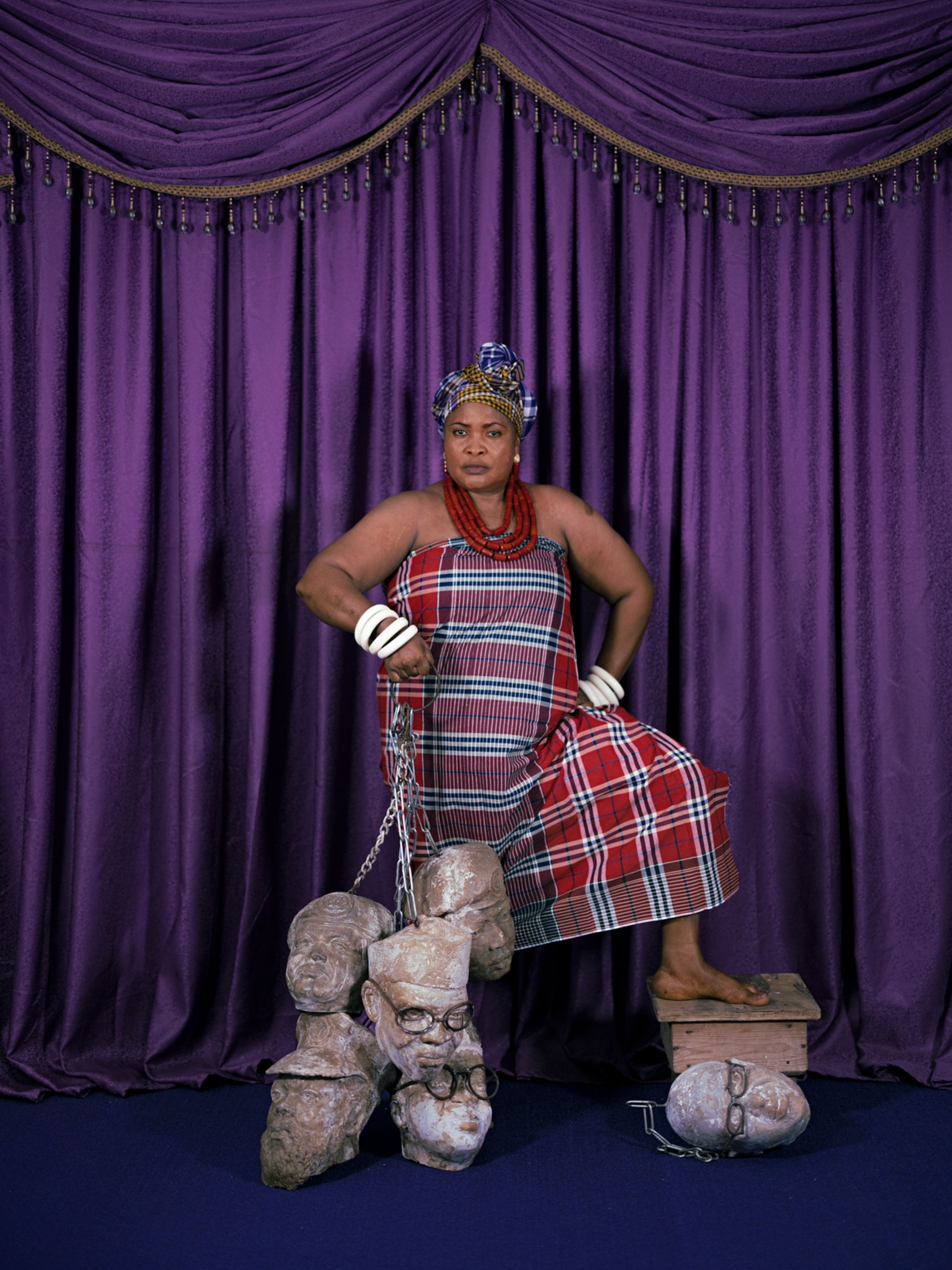
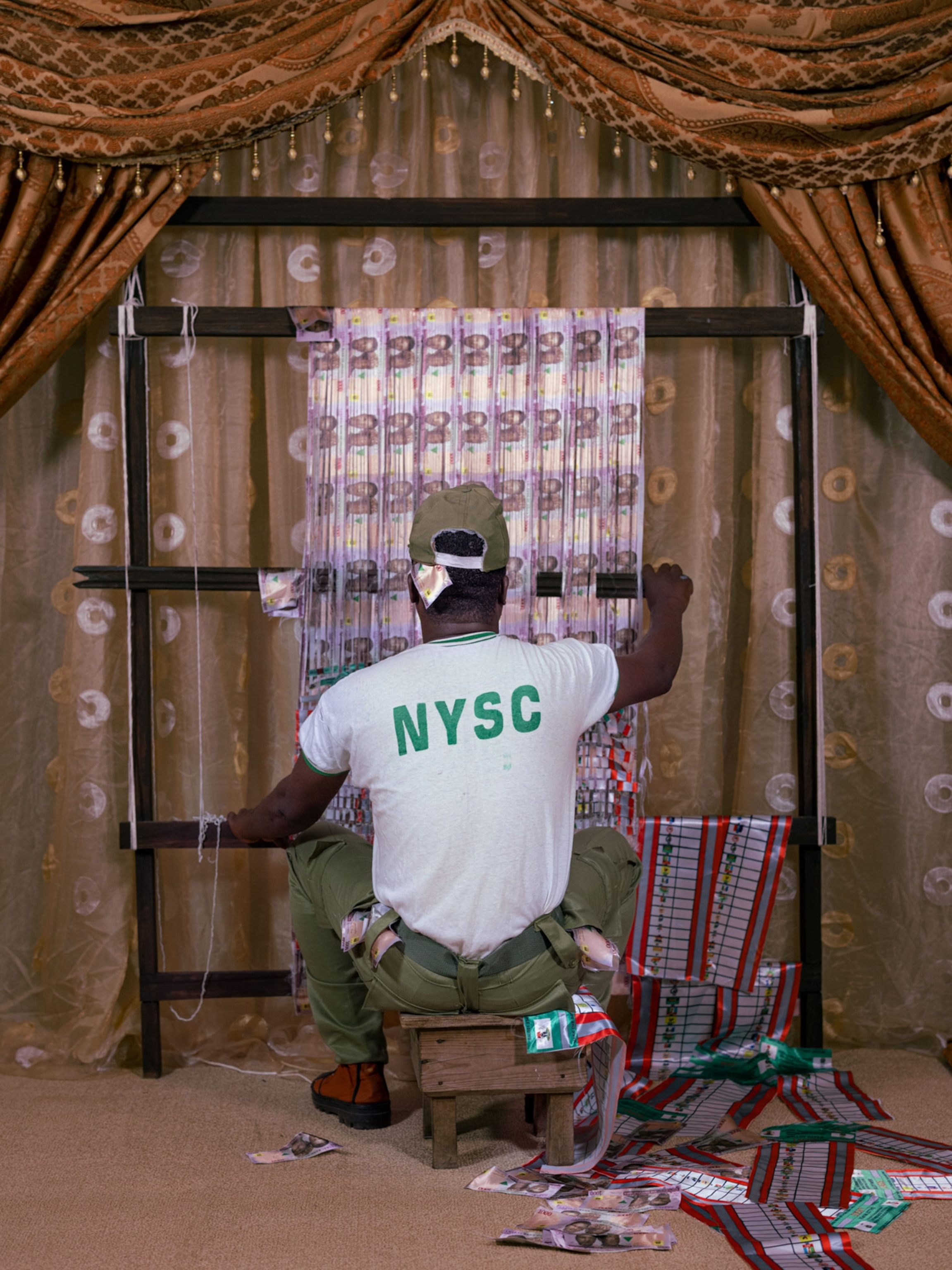
When I stepped into adulthood, my heart broke at those memories, and I began to turn my gaze to the reality of my childhood and the norm of silence that blanketed it. Why wasn’t this violence talked about at home?
I was raised primarily by my father in Aba, a city in southeastern Nigeria. While he proudly identifies as a man of Igbo ethnicity, the country’s legacy of colonial rule and hypervaluation of European customs led him to prioritize the English language and education over our native language and culture. In doing so, he thought we’d have a better chance at a successful future.
In 2018 I started to take all my questions and thoughts and make them concrete through photography. My project, Another Tale by Moonlight, is a reimagination of European fairy tales, juxtaposing the historical, cultural, environmental, and sociopolitical realities of Nigeria.

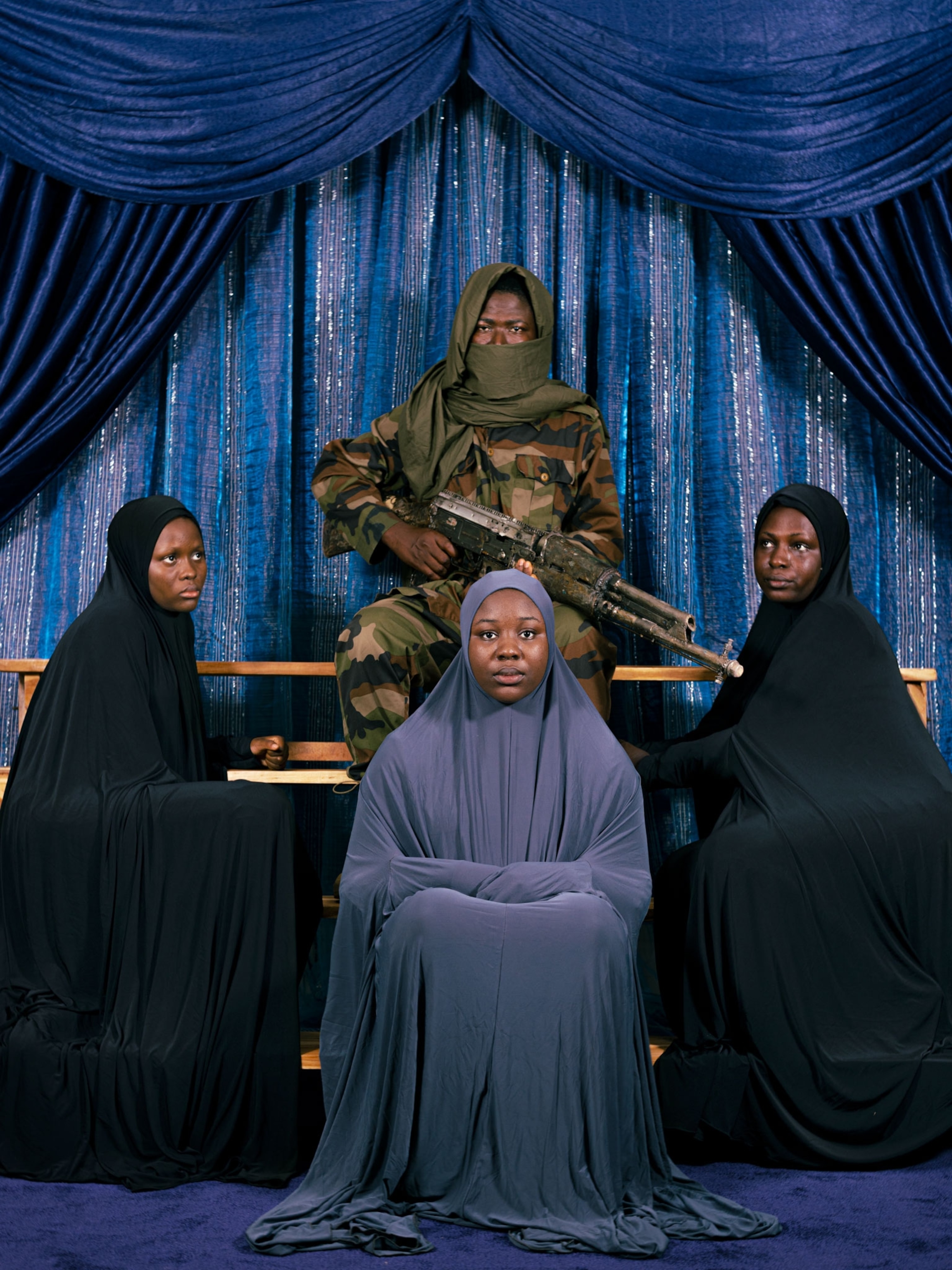
With this series, I’m aiming to illuminate obscured narratives and the intertwined moral complexities of both cultures—and to expand on what visual storytelling is and can be when pushed beyond Western standards.
Another Tale by Moonlight addresses the issues of our past, present, and looming future by exploring ways in which these conflicts, reframed visually, can speak truth to power and action. Returning to both the European fables and the Tales by Moonlight traditions is my way of unpacking not only my own history but also that of my country.
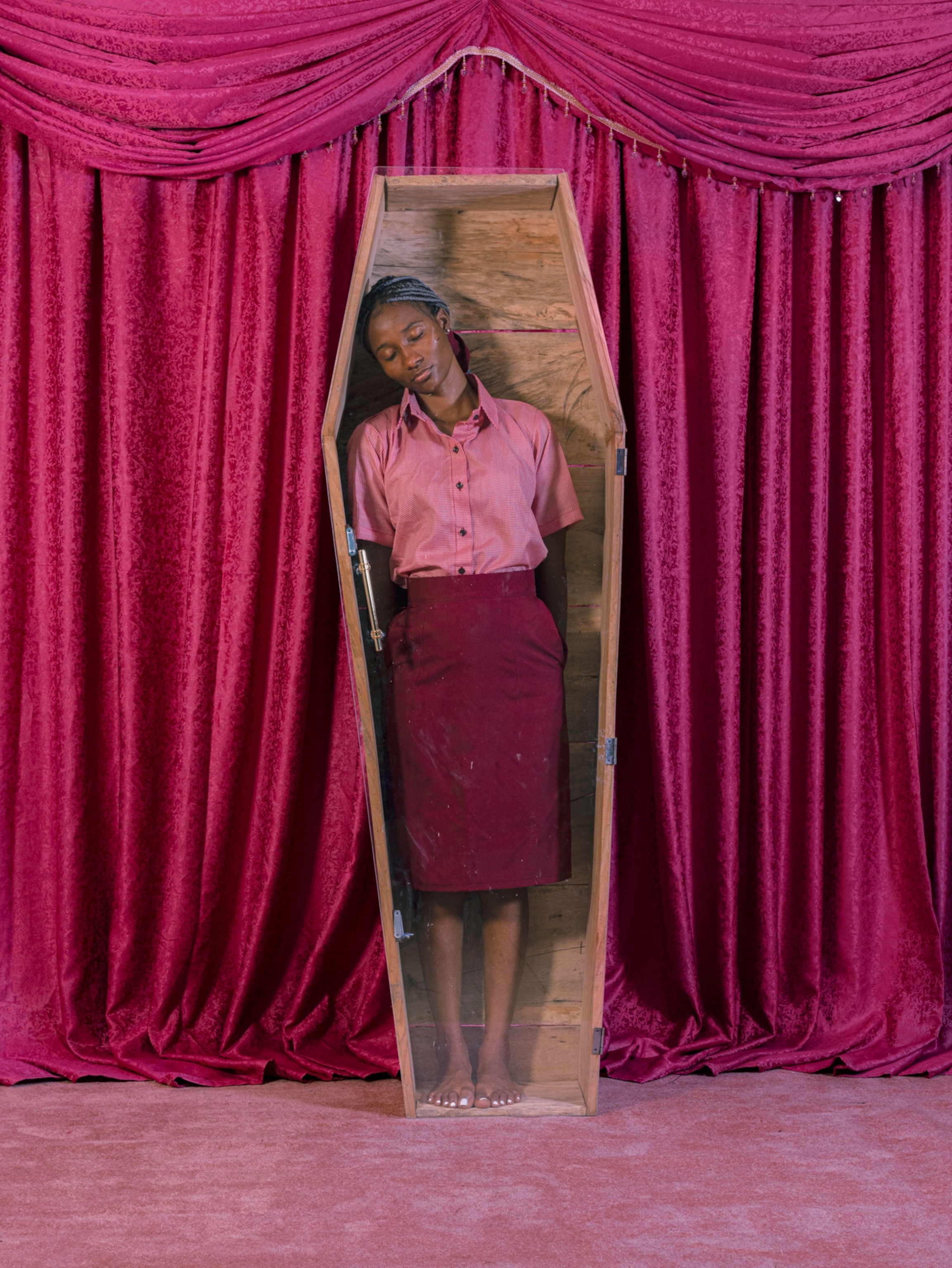
This story appears in the July 2023 issue of National Geographic magazine.
